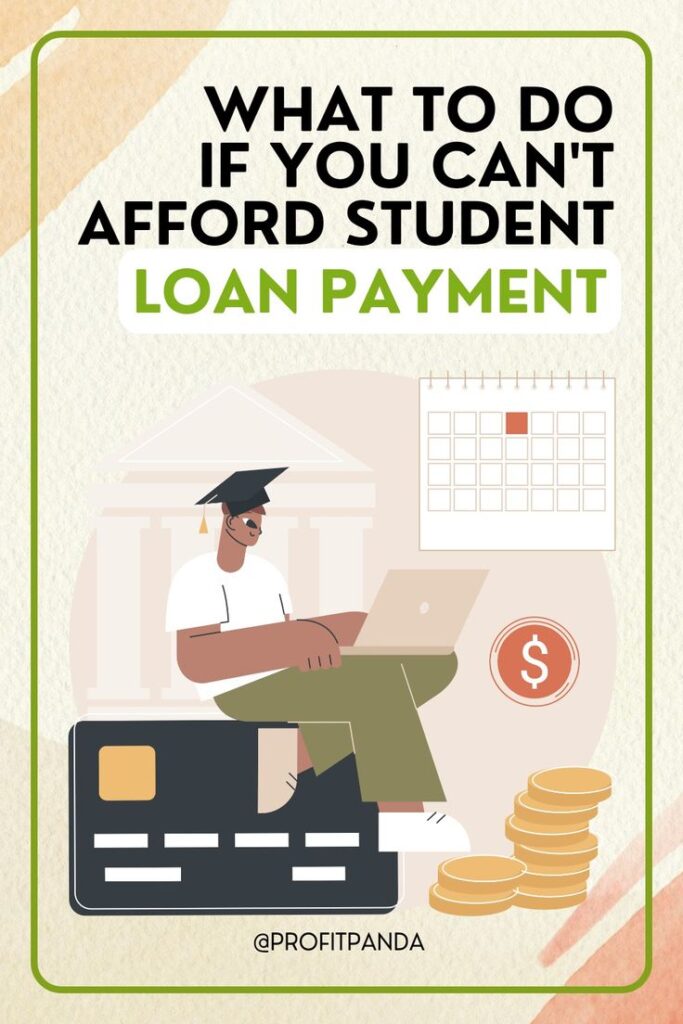
Student Loans: What You Need to Know
Higher education is often seen as a stepping stone to better career opportunities and personal growth. However, with the rising cost of tuition, many students and their families turn to student loans to help finance their education. Understanding student loans, their types, how they work, and the implications of borrowing can help students make informed decisions about funding their education. This article covers the essential aspects of student loans.
Types of Student Loans
Student loans fall into two main categories: federal student loans and private student loans.
- Federal Student Loans: These loans are funded by the federal government and usually offer lower interest rates and more flexible repayment options than private loans. They include:
- Direct Subsidized Loans: For undergraduate students with financial need. The government pays the interest while you are in school at least half-time, during the six-month grace period after you leave school, and during deferment periods.
- Direct Unsubsidized Loans: For undergraduate, graduate, and professional students. Financial need is not required, and interest accrues while you are in school and during grace periods and deferment.
- Direct PLUS Loans: For graduate or professional students and parents of dependent undergraduates. They require a credit check and may have higher interest rates.
- Direct Consolidation Loans: Allow you to combine multiple federal student loans into one, simplifying repayment.
- Private Student Loans: Offered by private lenders like banks, credit unions, and online lenders. They often have higher interest rates and fewer repayment options than federal loans. Eligibility and terms are based on your credit history and income.
How Student Loans Work
- Application Process:
- FAFSA: To apply for federal student loans, complete the Free Application for Federal Student Aid (FAFSA). This form determines your eligibility for federal financial aid, including grants, work-study, and loans.
- Private Loans: Apply directly through the lender’s website. You may need a co-signer if you have a limited credit history.
- Approval and Disbursement:
- Once your loan is approved, the funds are disbursed directly to your school to cover tuition and fees. Any remaining funds are given to you for other educational expenses like books and living costs.
- Repayment:
- Grace Period: Most federal loans offer a six-month grace period after you graduate, leave school, or drop below half-time enrollment before you must start repaying.
- Repayment Plans: Federal loans offer various repayment plans, including standard, graduated, and income-driven repayment options. Private loan repayment terms vary by lender.
Pros and Cons of Student Loans
Pros:
- Access to Education: Student loans make higher education accessible to those who might not afford it otherwise.
- Flexible Repayment Options: Federal loans offer multiple repayment plans and deferment or forbearance options if you face financial hardship.
- Building Credit: Responsible borrowing and repayment can help establish and build your credit history.
Cons:
- Debt Burden: Graduating with significant debt can impact your financial future, affecting your ability to buy a home, save for retirement, or pursue other financial goals.
- Interest Accumulation: Unsubsidized loans accrue interest while you’re in school, increasing the total amount you owe.
- Limited Discharge Options: Student loans are challenging to discharge in bankruptcy, meaning you’re generally obligated to repay them regardless of your financial situation.
Managing Student Loans
- Borrow Only What You Need: Calculate your education costs and borrow only what’s necessary. Consider part-time work, scholarships, and grants to minimize borrowing.
- Understand the Terms: Read your loan agreement carefully, understanding the interest rate, repayment schedule, and any borrower benefits.
- Stay Informed: Keep track of your loan balances, interest rates, and repayment status. Use the National Student Loan Data System (NSLDS) for federal loans.
- Choose the Right Repayment Plan: Federal loans offer various repayment plans. Select one that fits your financial situation and long-term goals.
- Make Payments on Time: Late payments can damage your credit score and lead to additional fees. Set up automatic payments to ensure you never miss a due date.
Conclusion
Student loans can be a valuable resource for financing your education, but they come with responsibilities and long-term financial implications. By understanding the different types of loans, the borrowing process, and repayment options, you can make informed decisions that support your educational and financial goals. Remember to borrow wisely, keep track of your loans, and seek financial advice if needed to manage your student loan debt effectively.